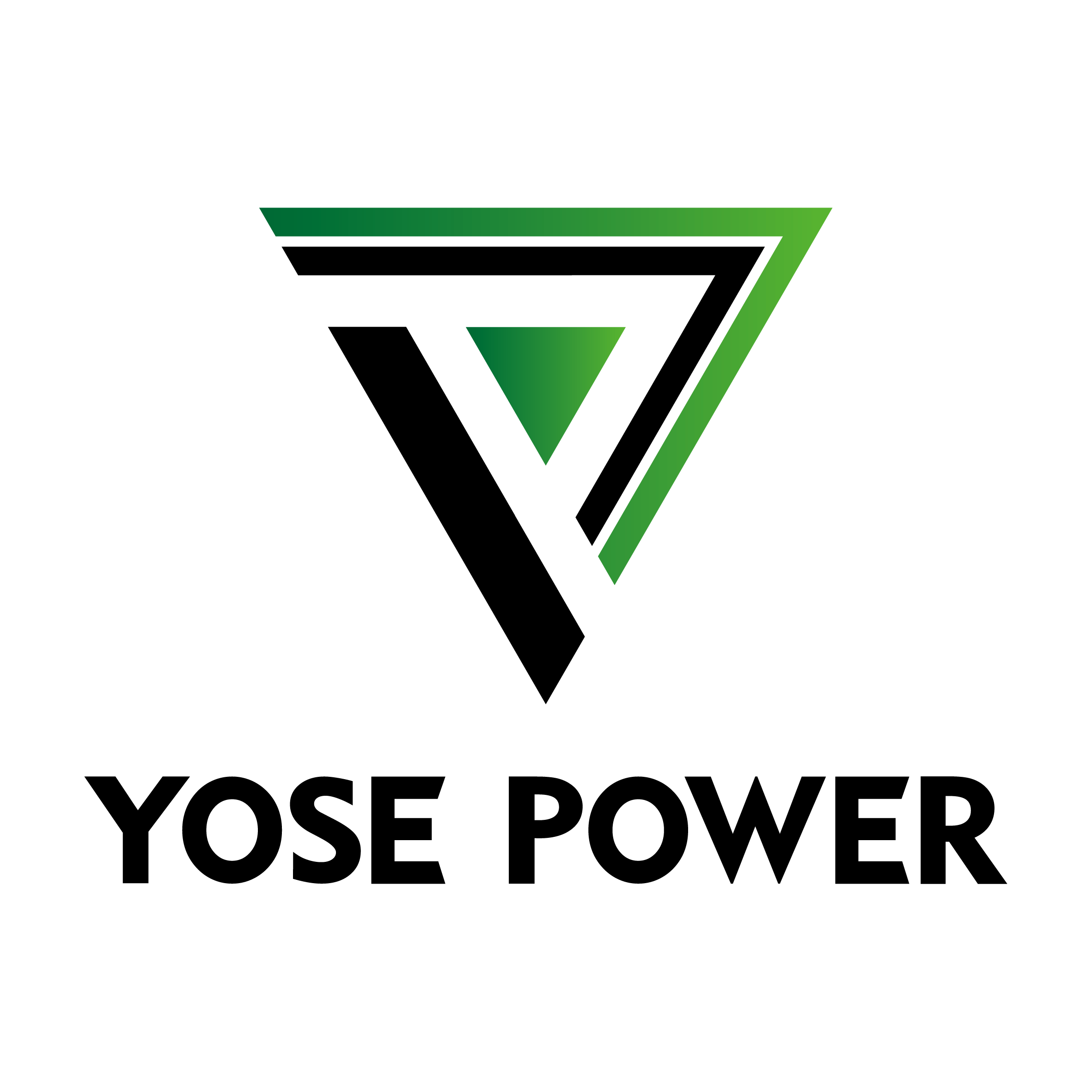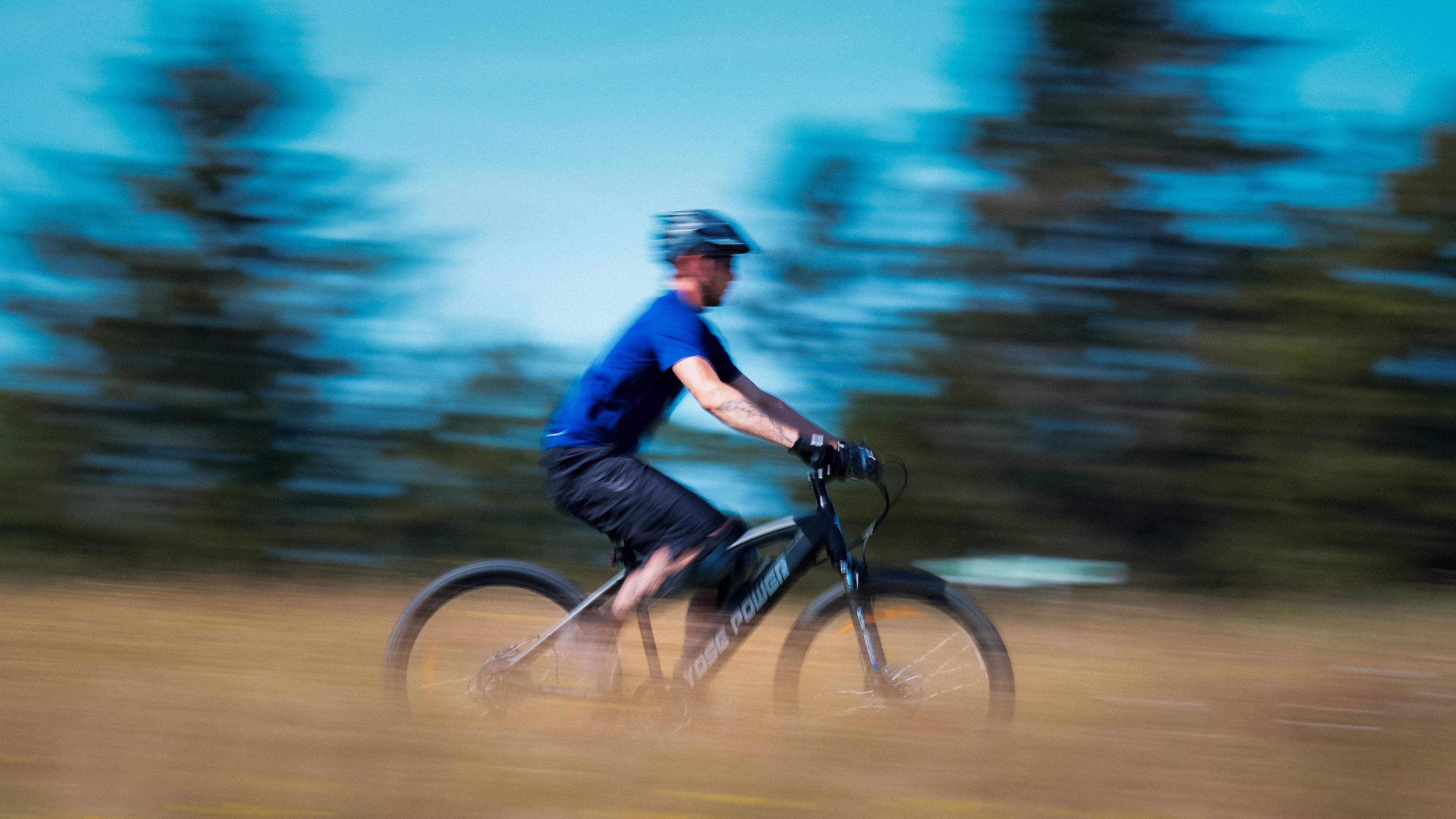Motors
- Motor Position
Front-wheel drive is suitable for "everyday riders" who navigate city streets and occasionally traverse rail trails, simply seeking a comfortable, safe, and reliable electric bike. Using a rear-mounted battery, placing the motor on the front wheel makes the bike more stable, not just while riding but also when pushing it. The weight distribution in front-wheel drive is more balanced, benefiting from a low-maintenance, simple, and well-balanced design. These riders mostly travel on paved roads and are not affected by the drawbacks of front-wheel drive.
Rear-wheel drive is ideal for riders who frequently go off-road on steep or slippery terrain. The rear wheel bears most of the weight, which is why rear hub motors have better traction than front hub motors. This is especially important for users of electric mountain bikes, as they are more likely to go off-road on less solid ground, requiring better grip. Some city riders also prefer the riding feel of rear-wheel drive and are willing to pay more for rear-wheel maintenance. However, the rear wheel and spokes bear significant stress — from body weight, pedaling force, motor power, motor weight, and even motor size. As a result, electric bikes with rear hub motors are notorious for frequently breaking spokes.
- Motor Wattage
A 250W electric bike is the lowest power rating among electric bikes, suitable for riders of average weight on flat terrain. If riding a 250W electric bike in hilly areas, you might need to pedal harder. Therefore, we do not recommend using a 250W electric bike on challenging terrain unless you prefer riding with little or no assistance. Bikes equipped with this motor can reach speeds of up to 25 km/h. Most importantly, the 250W electric bike conversion kit fully complies with European standards, making it a legal mode of transportation in cities without any concerns about legality.
In contrast, a 350W electric bike performs better on slopes than a 250W electric bike. Riding a 350W electric bike on hills is more effortless, but on flat ground, it feels quite similar to a 250W electric bike. If you live in an area with many inclines, we recommend choosing the 350W electric bike conversion kit. However, it's worth noting that you should use these kits on private property, as you might face inspections from the police on city roads.
Dimensions
- Wheel Sizes
Wheel sizes can be found on the sidewall of the tire. Standard tires will indicate the wheel size. For example, a wheel size of 26 X 1.75” means the outer diameter of the wheel is 26 inches and the width is 1.75 inches. Additionally, there are 700c rims with varying widths, such as 700 X 28c or 700 X 32c. This means an outer diameter of 633 millimeters and a width of 32 millimeters. If exact sizes are not available, you can manually measure with a ruler and determine the required size based on the values provided on the product page.
- Dropouts
First, let's understand the significance of front forks and rear dropouts. The front fork and rear dropouts are parts of the bicycle that secure the wheels to the frame. Before purchasing an electric bike conversion kit, it's crucial to know the sizes of the front fork and rear dropouts. Each hub motor has its own size requirements, and the installation spacing determines which hub motor is compatible with your bike. As an example, the image below shows the recommended spacing range for the front fork and rear dropouts for the YOSE POWER kit. Before making a final decision, check the specific installation width details in the product description.
- Axle Length
Before purchasing the YOSE POWER electric bike conversion kit, another measurement parameter to consider is axle length. Measure your axle length and compare it with the axle length specifications of the conversion kit on our website. The diameter of the fork axle is an important measurement parameter and must be 10 mm to be compatible with your YOSE POWER electric bike conversion kit, as shown in the example image above. If the axle diameter is slightly larger and does not fit into the front fork slot, you can lightly file a steel front fork. However, avoid excessive filing to prevent damaging the fork. Aluminum front forks can also be filed but require extra caution.
- Freewheel or Cassette
When purchasing a YOSE POWER electric bike conversion kit with a rear motor, first confirm whether your bike has a freewheel or a cassette. If you did not notice this information when purchasing the bike, simply remove the freewheel/cassette and check the internal threads to determine if it is a freewheel or a cassette. The difference between the two is quite evident in the image provided. If you accidentally purchase an incompatible kit, you can buy a new one to replace the old one; otherwise, our hub motor will not fit.
Brakes
YOSE POWER hub conversion kit is compatible with disc brakes; it features a standard 6-bolt pattern, allowing you to mount a standard rotor directly onto the hub. It is also compatible with V-brakes, but make sure they are properly adjusted to provide sufficient braking power.
Unfortunately, if your bike has a coaster brake (foot brake) on the wheel that you want to replace with a motor wheel, the hub drive kit cannot be used with the coaster brake. The coaster brake is located inside the wheel hub, and when using the hub drive kit, the motor wheel replaces your “regular” wheel, occupying the space where the coaster brake was.
If your rear wheel has a coaster brake and you are converting the front wheel, it will still work as you are not modifying the coaster-braked wheel. However, if the wheel you are converting has a coaster brake, you will need to consider replacing it with V-brakes or disc brakes.
If your bike is equipped with hydraulic brakes, the brake levers included in the kit will not be usable. In this case, you will need to purchase a separate brake sensor.
Sensors
Our standard pedal assist hardware is installed on the non-drive side (left side of the rider) of the bottom bracket spindle. This setup is ideal for mounting the pedal assist magnets and sensors using the parts included in the kit. The taper length varies by manufacturer and bike, so if the magnet is a bit loose during installation, you can use hot glue to secure it to the spindle to prevent movement. If the bottom bracket spindle is not exposed, you may have a modern proprietary crankset. In this case, you need to install the pedal assist sensor on the "drive side" (right side of the rider) next to the chainring. For this setup, you will need to use the "right-hand" pedal assist sensor rather than the "left-hand" sensor included in the kit. Although these sensors look the same, they read the pedal direction, so they only work when installed on the correct side.
Conclusion
If you have any questions not covered in this article during the purchasing process, please feel free to seek assistance from our customer service on our website. To avoid the inconvenience of exchanges due to incorrect purchases, be sure to double-check the model of the kit before making your purchase.
Purchase through the following link and use the discount code ‘YOSELILY’ to receive €10 off.


Share:
How Beneficial Are Electric Bikes to Our Environment?
Harmonious Coexistence Between E-Bikes & Urban Developments